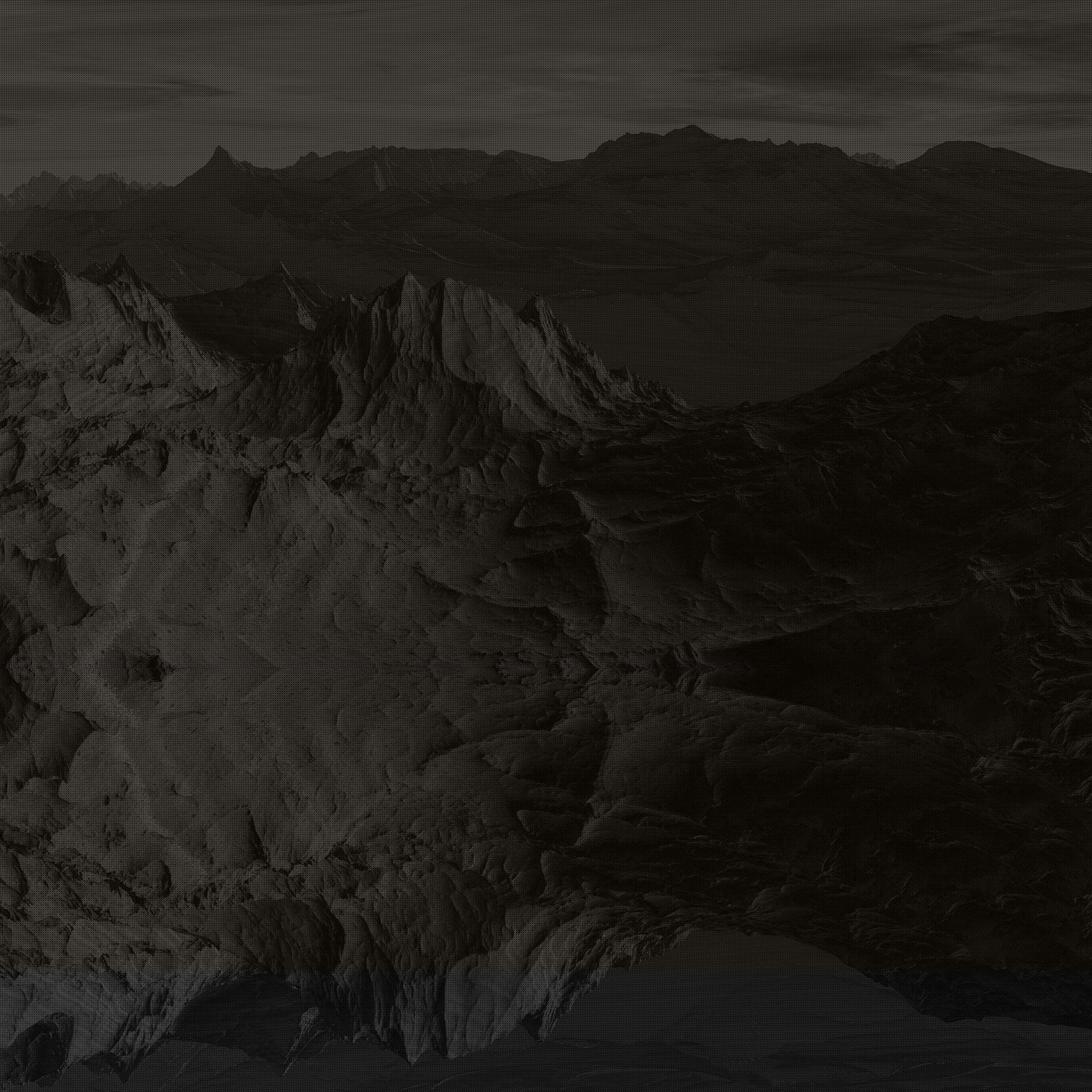Making of the Stunning Portrait Painting of Thomas Tuchel
- borisfineart
- Jul 13, 2024
- 3 min read
Updated: Feb 9
Insight on how I made this portrait painting with a limited palette on Canson oil aper.

Most of my portrait studies in recent years have been made on primed oil paper, which I would recommend over canvases for quick studies because they are easier to store and more affordable.
This portrait of the football manager Thomas Tuchel is one I enjoyed working on, reason why I'm sharing this with you 😎. Keep reading to discover its creation process and challenges faced. The blog touches on the preparation and how it developed to the complete portrait.
Preparations and Material
Using a graphite pencil on a Canson oil paper, I first made an accurate drawing of the reference photo highlighting the forms and edges. I then spraying the drawing with a fixative (Conté à Paris Fixative) to prevent it from smudging out and disappearing when the first painting begins. This step can be performed with charcoal sticks and many other drawing tools.
Painting on toned surface is something I enjoy doing, so I mixed a warm tone (yellow ochre, cadmium red, and ivory black) and applied a very thin layer on the whole surface as shown in the image below (1), which was let to dry completely before starting with the step. It adds more pop to the colours added on top of it later on, especially in areas where the paint is kept thin.
Underpainting

Using a a limited palette composed of titanium white, yellow ochre, cadmium red, raw umber, French ultramarine blue, and ivory black, the main focus was to represent the values - identifying and grouping the light and the shadow areas of the painting. I experimented with a coloured underpainting as opposed to a monochromatic one that I sometimes prefer, although I find it more visually appealing, I was distracted by the subtle changes in hue which affected the quality of my value interpretation. Something to improve on in future painting!
The overall mood is set with a blue tone in the background (mix of French ultramarine blue and titanium white), complementary colour to the orange hues in the skin tone. It creates the desired effect of cold vs warm, making the portrait stand out from the negative space around it.

At this stage of the painting I worried not about adding too much detail or being super accurate with the drawing and the colours applied.
"During the underpainting stage, you can ignore the smaller fluctuations in tone and value, keeping thing simple." – Cesar Santos (Artist)
Happy with the underpainting, and overall composition, I let it dry before adding a more detailed paint layer.
First Painting

I started by painting a little bit of the background to help blend the forms together and get the desired level edge softness/hardness. This stage is the opportunity to refine the drawing and apply transitional values to improve the definition the forms. The paint application between the cheek bone and the jawline shows this perfectly.
Because it is a study and I did not plan on added more painting layers, pushed the colours and detail as far as could in the areas I want the viewer's eyes to focus on.
Finishing Touches
The rest of the background was completed here, adding some tonal and hue variety but not enough to take the viewer's attention away from the portrait itself.
As a portrait study, not all areas need to be rendered to the highest level of detail as you can see with the hat and the jacket. In most cases it gives more character to the painting.

That was a peak into how this portrait came to be. click here to explore more recent and old works. You're welcome to leave comments below this post to share your thoughts and opinions.

Comments